Uncategorized
How to Structure Your Creative Team for Max Productivity
Published
1 year agoon
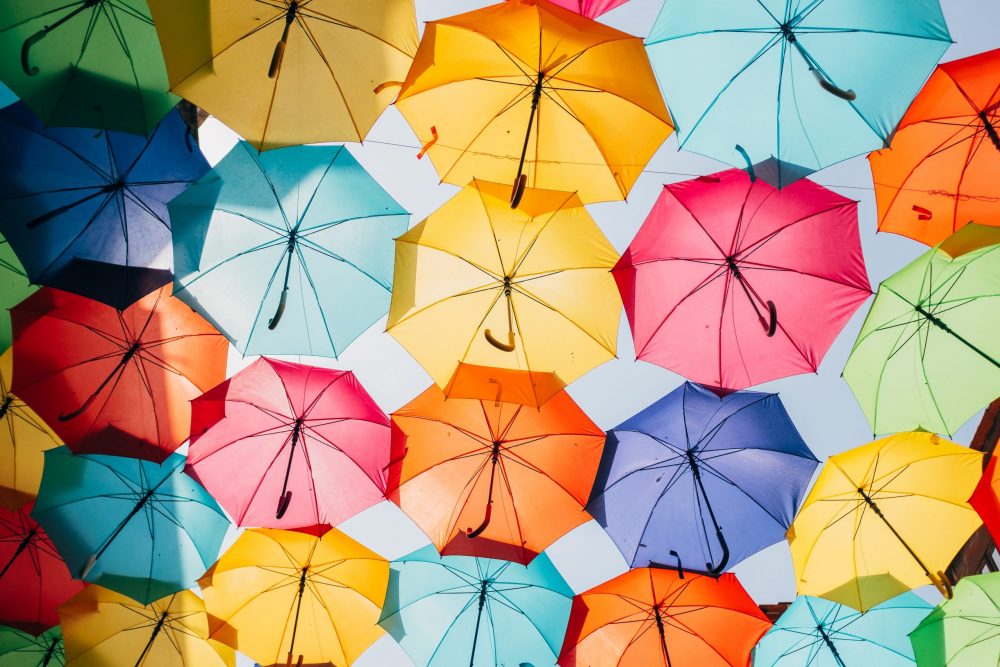
Building a creative team is easier said than done. Sometimes you think you’ve found the right fit, but then it falls apart. Other times, you have a great team but not enough hands to get the work done. From budgetary constraints to tight deadlines and demanding clients, small businesses and agencies are constantly juggling stressors.
If you’re trying to do more than just stay afloat, focus on fortifying your creative team. The question is: How?
The Art of Creative Team Building

The right mix of people can propel your business into levels of success you hadn’t imagined. And there’s no shortage of creative talent on the horizon. Deloitte estimates that the creative economy will grow 40% by 2030.
It’s easy to plug the holes in your company with random creatives you find. After all, there’s always a fresh batch of up-and-comers waiting to prove themselves. But finding the right people for the job? That’s an artform that can even elude successful companies with sound leadership.
Advertise roles honestly.
Are you always trying to put the best possible spin on your position openings? This backfires for many companies who end up with disappointed, low-motivation workers. Instead, share exactly what the role looks like and what you hope it will grow into. This allows for both realistic expectations in the present and high hopes for the future.
Example: Buffer’s onboarding process is exemplary of a more down-to-earth approach. Instead of false positivity (or stuffy professionalism), Buffer provides each new hire with 3 point people: a hiring manager, a role buddy, and a culture buddy. Each plays a different role in introducing the new hire to the company.
Foster a productive environment.
Research (and common sense) shows us that happy employees are more productive than miserable employees. Laying the foundation for a productive creative team is about building a comfortable yet challenging environment – whether in person or digitally.
The stereotype that remote workers are bored and always slacking doesn’t have to be the case. It’s about finding talented people and supporting their work with meaningful incentives. Bonuses and PTO are examples of classic incentives, along with tuition reimbursement and flexible schedules. The best way to know if your team values a particular incentive? Ask them.
Example: Zappos is known for its outside-the-box incentives – most notably, paying new hires $2000 to quit. But they also run a monthly program that allows workers to gift $50 to teammates as recognition for specific accomplishments that month.
Be vigilant against burnout.
A 2021 ConvertKit report revealed 61% of creatives experienced burnout for the following reasons:
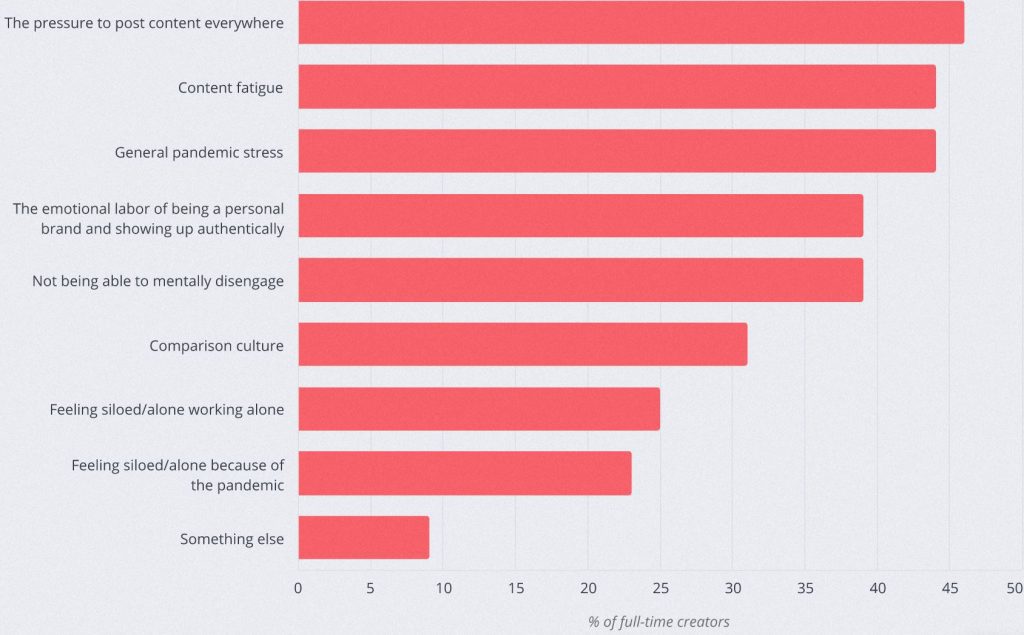
data via ConvertKit
It sounds like common sense health advice to say “avoid burnout,” but especially among agencies, the message is more needed than ever. The death of a young copywriter highlighted the grueling shifts many professionals are carrying and just how dire the situation can become when no boundaries are present.
It’s up to company leaders to actively create barriers to burnout and establish a culture that supports balance. Without the bare minimum of employee health, your company will become a revolving door and your employer brand tarnished by bitter ex-workers.
Example: Google’s burnout prevention strategy (TEA checkins) was implemented in 2020 to combat burnout and encourage managers to speak up about employee concerns.
Defining Roles and Responsibilities
Your team should operate like a well-oiled machine, everyone in their place, doing the work they do best. Unfortunately, the lines often get blurred when things get busy or stressful. Tasks may slip through the cracks, or a team member might duplicate a task not realizing someone else already did it. This is when keeping a tight structure makes all the difference (and employing decent project management tools).
It’s hard to give concrete advice about structuring because it varies from company to company. Your unique needs, budget, and outputs will determine how best to structure your creative team. Some brands have Creative Directors that run the show, but smaller teams might not need one.
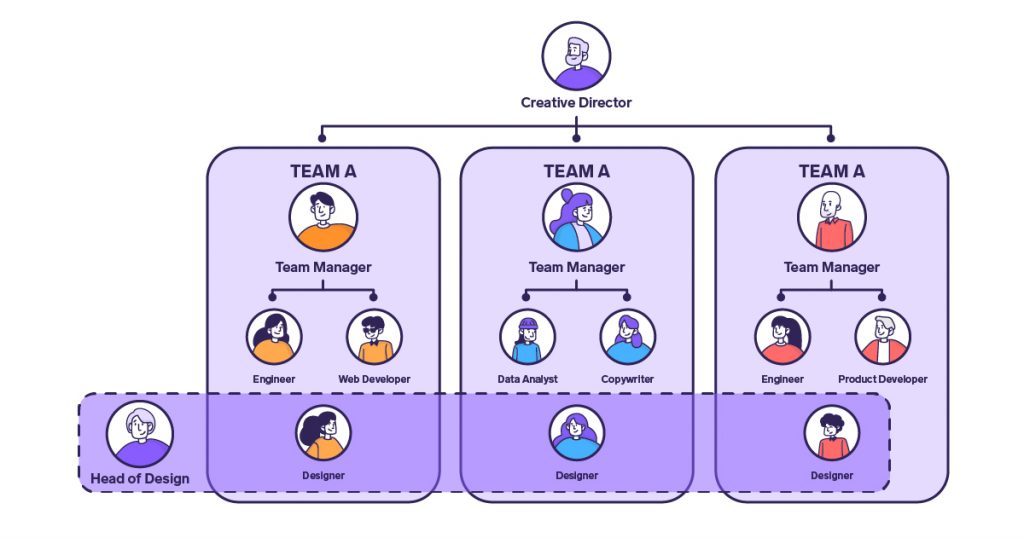
If you already have a team in place, the best way to discover your weak spots is to talk to any employees who are overworked. They will have insight into areas where scope creep is happening so you can decide whether to hire additional support or simply define responsibilities better.
In-house, Freelance, or Outsource?
In today’s world, the workplace is anything but traditional. This could mean remote work, hybrid work, or even a team that operates from around the world. Now more than ever, brands have an opportunity to build a custom creative team in a way that serves their highest productivity.
Many businesses don’t have it in the budget for a robust in-house creative team. Fortunately in most cases, you can pay a fraction of the price and still get the job done well. Freelance platforms are a huge draw for one-off projects, and outsourcing can be a solution for ongoing needs.
Outsourcing Design
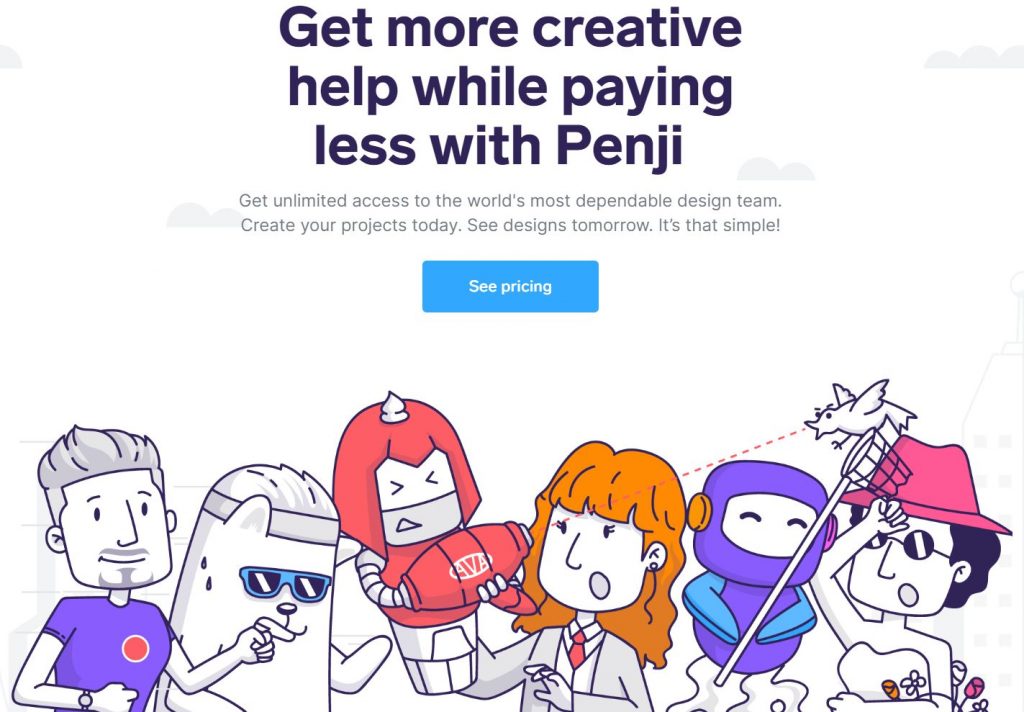
Example: Penji is an unlimited graphic design service that charges a flat monthly fee. On the platform, users can submit design requests, communicate with designers, and get unlimited revisions on projects. Anything from logos to social posts to web designs and more is fair game (try Penji and get 35% off with promo code CREATE7).
Outsourcing Content
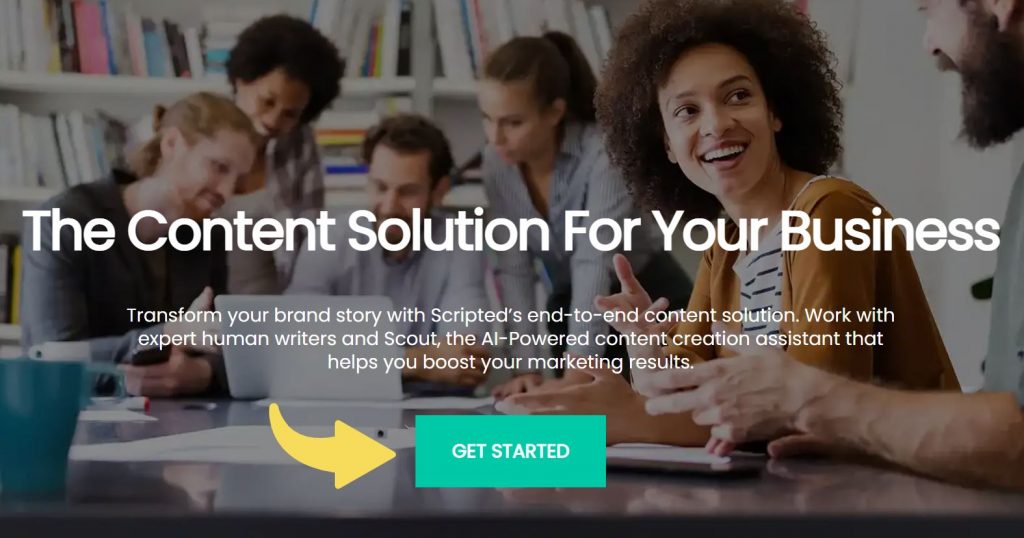
Example: Scripted is another convenient service that operates under a subscription model. Scripted’s network of writers includes experts in a wide range of industries and writing styles. They offer written content on demand including blogs, white papers, and web copy.
Outsourcing Video Production
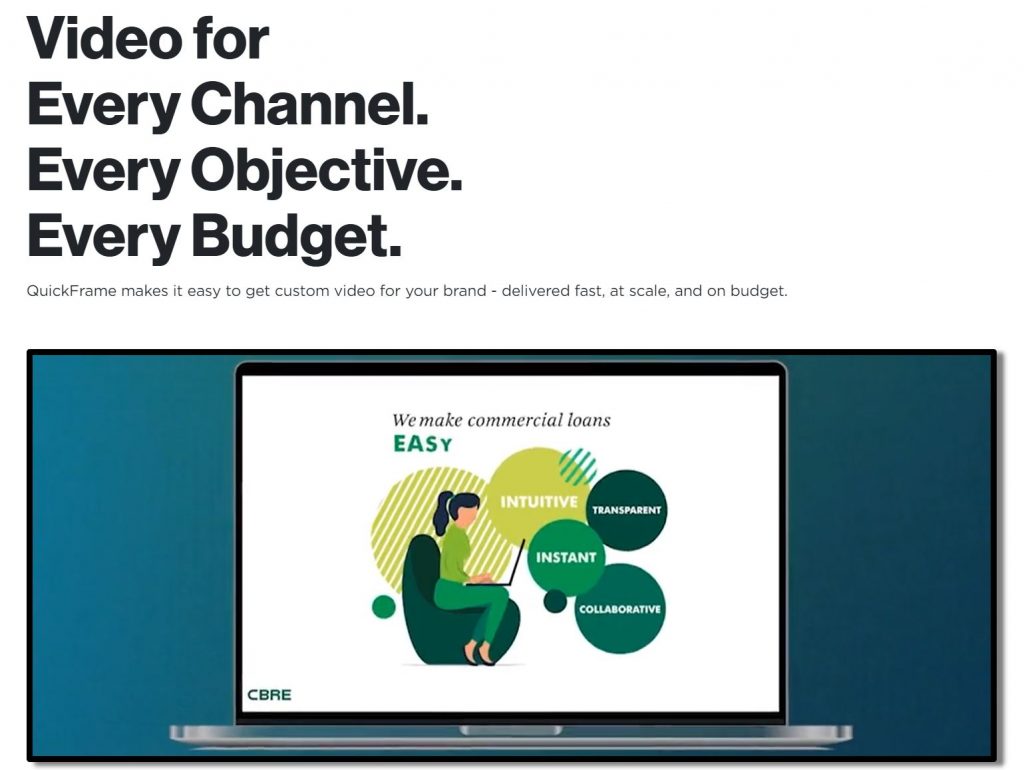
Example: QuickFrame is a video production platform for brands that want quick access to professional videographers and production companies. Quickframe offers a range of video types, including explainer videos, product videos, social media videos, and television commercials.
If you are running a mixed team (eg. freelancers and in-house creatives), this is where structure becomes critical. You need both hierarchies (Who reports to who about a given project?) and collaboration (Silos create confusion and miscommunications). This is about sharing the purpose and requirements of a project clearly so no creative or creative subteam has a chance to misinterpret.
You may like
Uncategorized
Llama 3’s Image Generator: The Secret Sauce for Design Success?
Published
1 week agoon
May 8, 2024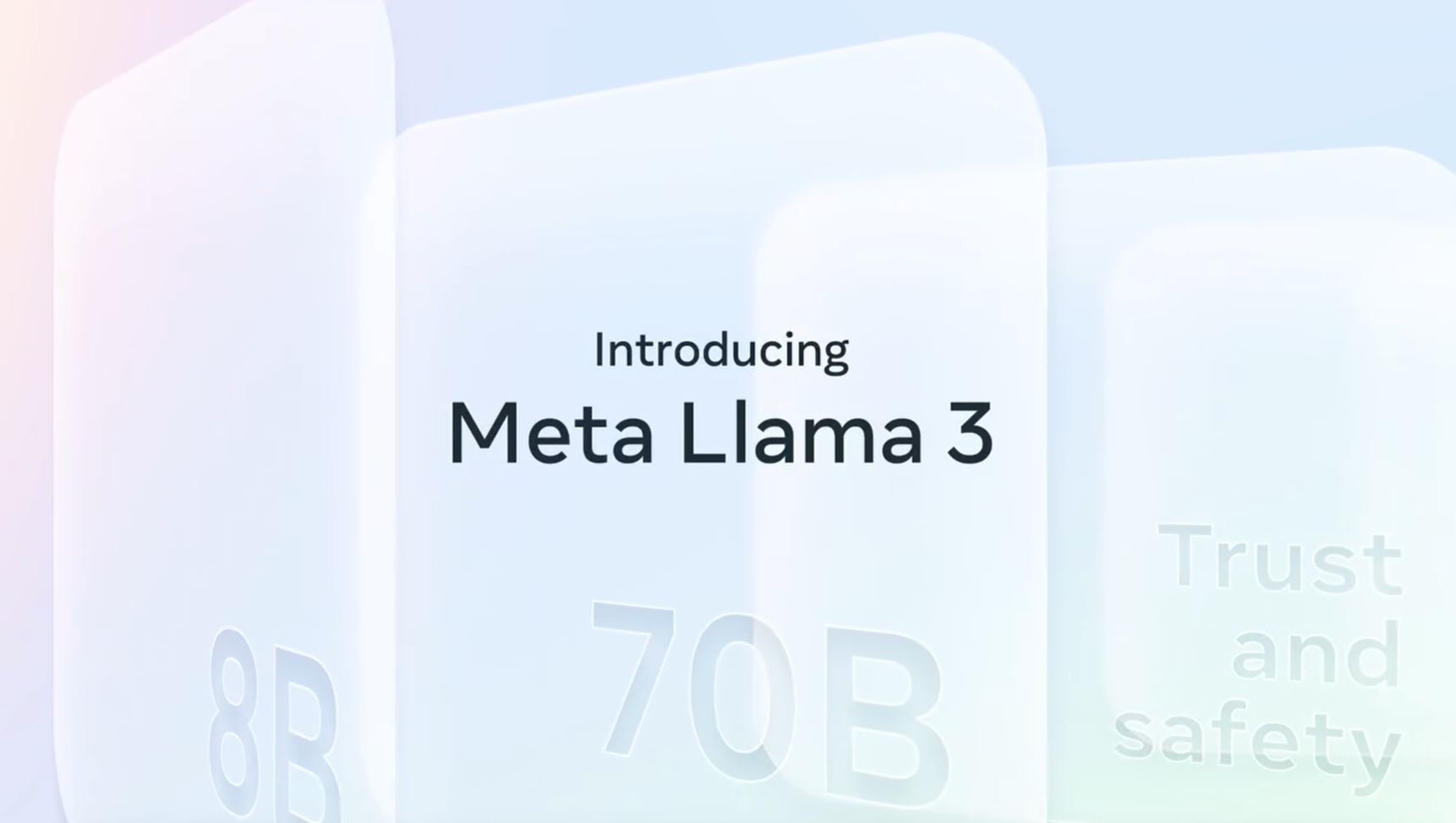
According to Meta AI, the recently released Llama 3 isn’t just another digital assistant; it’s a versatile companion tailored to meet the diverse needs of its users. The open-source model, now available for download and customization, represents a significant advancement over its predecessor, Llama 2.
Meta’s emphasis on “steerability” marks an improvement in how their AI can be used. Llama 3 is reportedly refusing fewer user questions than the previous model and giving more accurate information across domains like trivia, history, STEM subjects, and coding. These improvements are attributed to the scale of the dataset, comprising a staggering 15 trillion tokens (around 750 billion words) – vastly more than Llama 2.
So what exactly can Llama 3 do as your new assistant?
What sets Meta AI apart is its omnipresence across various platforms. Whether you’re browsing through your Facebook feed or engaged in a group chat on Messenger, Meta does an impressive job of merging with your digital ecosystem. Llama 3 can:
- help you plan an event, a trip, or a night out, offering things like restaurant recommendations and available flights.
- help you write a more professional email to a colleague or figure out a math problem
- answer questions about any posts you see on social media
Meta AI’s Effortless Image Generator
In a bid to attract users, Meta also added image-generation technology to its AI assistant. As you type a prompt, you’ll be able to watch your image be created in real-time. The tool will then offer prompt ideas so you can change the image and keep iterating from the initial mockup.

The tool can generate literally anything you imagine. We’re already seeing creators employ AI to create YouTube thumbnails, blog graphics, shirt designs, and even logos. Llama 3 clearly makes it even easier for creators to generate usable images in seconds.
The only downside is that the images often have a certain feel to them – They look highly digitized and the art style is often uniform. There’s undeniably a bit of a stigma attached to using AI art, and some creators have even been called out for it.


If you run a business and you’re serious about your brand reputation, AI art can be dicey territory – especially for marketing, design, branding, and social media agencies that pride themselves on their creativity. The last thing you want is to distract from the value of what you offer with AI images that are a bit.. off.
Pairing AI with the Human Touch for Better Brand Visuals
If you ever wished for a design solution that combines AI’s magic with the customization skills of real artists – that’s Penji. Penji is an unlimited graphic design service that lets busy professionals get all their visuals created on one platform.
It’s not just affordable and quick, but also low effort for you and your team. With a flat monthly fee and no strings attached (cancel anytime), you can request designs whenever the need arises. Penji’s team is equipped with the latest AI design tools, and they can even take your Llama 3 creations to the next level (no more 3-legged dogs).

Penji users get:
- Ad designs
- Organic social posts
- Custom illustrations
- Logos & branding
- Blog graphics
- Infographics
- Email templates
- Landing pages
- Web & app designs
- And more
If you can imagine it, Penji can probably design it with a quick turnaround of 1-2 days. Brands are getting crazy results just by upgrading their design strategy. For example:
RevenueZen saw a 25% increase in customer engagement and a 20% boost in sales after partnering with Penji for their new website.
Rush Order Tees upped their productivity by 2200% with the help of just 5 Penji designers who mastered their brand visuals.
How It Works
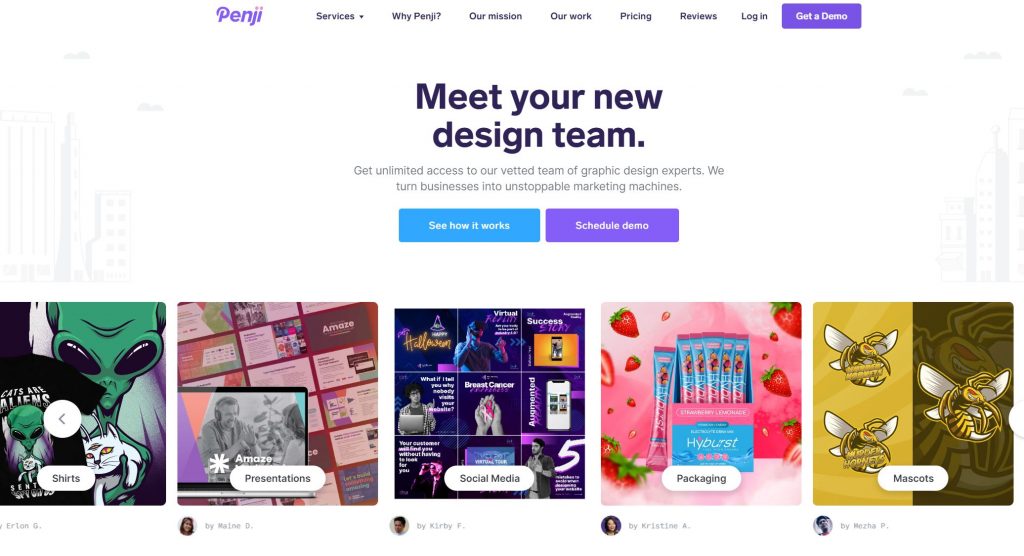
Step 1, Start Your Project: Head over to Penji’s dashboard and hit “Create a Project.” Choose your category (eg. logo, landing page, etc) and write a quick brief of what you need. You can attach style examples or your brand guidelines for clarity.
Step 2, Get Matched Instantly: Once you’ve explained exactly what you want, Penji’s AI matchmaking system will pair you with a pro designer who is experienced in that medium.
Step 3, Fine-Tune to Perfection: Once your first draft is ready, you can provide feedback with just a click, speaking directly to your designer. Revisions are unlimited, which means your designer will tweak it until it’s perfect.
Save Time, Money, & Headaches
Getting a design team sounds expensive, but it’s actually a fraction of the cost of hiring one full-time designer. Subscribing to Penji also saves you from having to sift through the massive pool of freelancers who may or may not deliver what you need.
Say goodbye to:
- hiring and firing freelancers who aren’t a fit
- missing deadlines because work didn’t get done
- having a scattered brand identity you’re not proud of
- settling for generic designs that feel rushed
- overworking your in-house designers
Penji: Your Brand’s Secret Weapon for a Better Visual Identity
If you’re hitting limits with Llama 3 or any other graphics tool, Penji can take you the rest of the way with your own team of vetted designers.
Ready to see how you can build an unstoppable brand without lifting a finger? Watch a quick demo to see how Penji gets you unlimited custom designs for any purpose.
Uncategorized
The 3 Best Graphic Design Services to Try in 2024
Published
2 months agoon
March 13, 2024
Penji, Design Pickle, and Kimp are three major players in the unlimited graphic design space. These three services offer graphic design and illustration work to kickstart branding or keep a business consistent across multiple platforms. If you still can’t decide among these three options, let us do it for you. Here is our comprehensive review of the three services.
What is The Subscription Graphic Design Model?
First, how does unlimited graphic design work? Penji, DP, and Kimp run on a three-tier subscription model. Regardless of the tier chosen, you’ll get unlimited designs for a flat monthly fee. This includes unlimited revisions on any design as needed.
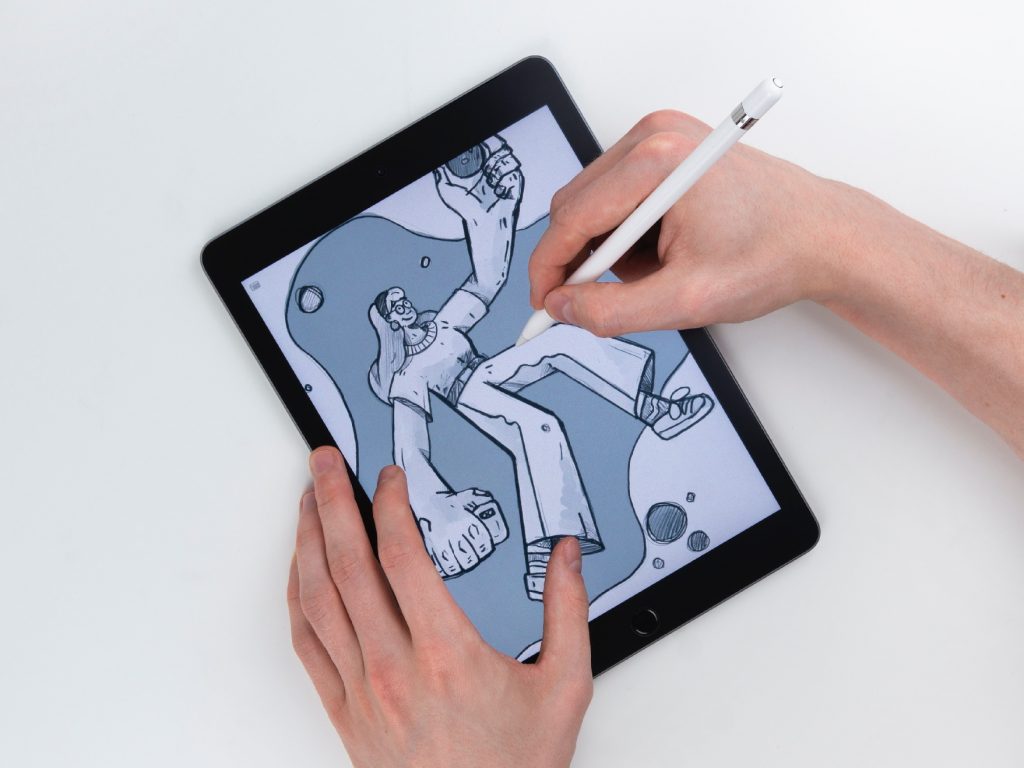
Traditional graphic design services typically charge on a per-project or hourly basis. This can lead to variable and sometimes unpredictable costs, especially when dealing with multiple design projects. The value of unlimited design lies in both affordability and convenience. Basically, you’ll save a ton when you don’t have to hire a full-time designer or design team. You’ll save time on vetting and hiring freelancers, and you won’t have to pay exorbitant fees to an agency that may or may not get the job done.
Of course, these are only upsides for those with the budget and need for regular design projects. If you only need designs occasionally, the unlimited model won’t be worth it.
Brands will need to consider:
Scalability – Evaluate your business needs in terms of the number of design requests monthly to choose a plan that can help you scale.
Turnaround Time – Assess the turnaround times offered by each service to ensure they align with your project timelines.
Features & Support – Consider the features provided in each plan, including access to dedicated account managers, unlimited revisions, and other support services.
Unlimited graphic design companies offer a wide scope of services:
- Infographics
- Email designs
- Illustrations
- Logos
- Landing pages
- Ecommerce designs
- Social media graphics
- Digital ads
- Branding
- And more
Penji Pricing Plan & Key Features

Penji’s three-tiered model includes the Starter, Marketer, and Agency plan. If you need web designs and presentation designs included, you’ll need at least the Marketer plan. Motion graphics become available at the Agency level.
The Starter level gets you 80+ design services, the Marketer gets you 100+, and the Agency gets you 120+. To get the most bang for your buck, Penji recommends the mid-level plan. It’s worth mentioning that your point of contact at Penji gets upgraded as you upgrade tiers:
- Starter: Creative Assistant
- Marketer: Project Manager
- Agency: Art Director
Another interesting perk of Penji’s model is Talent Discovery and Dedicated Teams, each of which becomes available at the Marketer level. Talent Discovery means Penji’s team will examine your brand’s art style and identity and match you to the best creatives for the job. While tier 1’s AI matching system does this according to designers’ skills, tier 2 gives you an even more customized match.
Penji offers a money-back guarantee if you try the service and don’t like it after 30 days. You can also pause, upgrade, or downgrade your subscription at any time as your business needs change.
Kimp Pricing Plan & Key Features
Kimp also offers a three-tiered pricing model, but their setup is a little different. Users can get graphics, video, or graphics and video.
Their graphics tier is cheaper than both Design Pickle and Penji for the first two months. After that, it goes up to $599 and includes a variety of unique perks like GIFs, web and app design, and Canva designs.
Kimp’s video subscription unlocks a dedicated video team and 2-4 day turnaround times. You can get videos edited and enhanced, or animated from scratch. For graphics, their turnaround time is just 24 hours.
The value of Kimp’s business model lies in its customization and unique offerings. For brands that need only graphics or only video, Kimp is a great choice. At the time of this post, their highest price tier of video and graphics is also heavily discounted. So if you want to test out the platform without breaking the bank, now is the time.
Design Pickle Pricing Plan & Key Features

Design Pickle offers a pricing plan largely similar to Penij’s: Three tiers: Graphics, Graphics Pro, and Graphics Premium. The only major pricing difference is that Design Pickle’s top tier is roughly $200 more than Penji’s. They also offer “Power Plans” for larger companies that are scaling and need a heftier package. Costs are determined on a case-by-case basis.
Design Pickle’s mid-level tier unlocks real-time Slack collaboration and an onboarding call with one of their Customer Success representatives. Much like Penji, presentation designs are unlocked at tier 2 and motion graphics at tier 3. Canva file delivery is another interesting perk offered at the highest price tier.
Design Pickle has a toggle option that allows you to pay annually instead of monthly.
What’s the right service for you?
At the end of the day, these services are neck and neck with what they offer. And because they’re direct competitors, you can expect their plans to stay in the ballpark of one another long-term. With that said, there are some simple ways to parse them apart.
Overall, Penji’s pricing page offers a more detailed view of what you get in each tier. Because Design Pickle’s pricing page is simpler, it’s unclear whether or not they offer everything Penji does. The call-to-action is to get in touch, so DP seems to prefer speaking one-on-one with clients before getting started with a plan. Meanwhile, Penji invites you to sign up right away and start ordering designs through the platform.
Kimp is the only service providing video editing services, so if video is an important part of your 2024 marketing strategy, you’ll want to choose Kimp.
What makes them different?

Consistency: Some business owners and marketers may be tired of inconsistent designs and freelancers who don’t fully ‘get’ their brand. In this case, Penji’s Dedicated Team feature could be the solution you’ve been looking for.
Integrations: Design Pickle shines in the realm of integrations, especially Slack. If you’re looking to seamlessly integrate the design process into your workflow, DP is the better choice.
Affordability: If it strictly comes down to price and you run an agency with high design needs, Penji is more affordable than Design Pickle. Kimp’s graphics plan is $100 pricier than the others, but they offer the first two months for just $299/month.
Turnaround time: Both Penji and Design Pickle promise 1-2 day turnarounds for their entry-level tier. The higher-priced tiers promise a same-day turnaround on design projects, so the platforms are evenly matched here. Kimp’s website specifies a “24 hour” turnaround time for graphics and 2-4 days for video projects.
Trial: There’s no mention of a ‘trial’ period on Design Pickle’s site, so this is something you’d need to inquire about. Penji mentions a 30-day money-back guarantee on its pricing page, and Kimp offers a free trial for each plan.
Why use an unlimited graphic design service in 2024?
By opting for a subscription-based service, companies can mitigate the risk associated with the uncertainties of hiring, training, and retaining in-house designers. The subscription model provides a level of predictability in terms of costs and resources. You always know your design costs, and you can get everything you need in one place.
Companies can scale their design needs up or down. This flexibility is particularly beneficial for agencies with fluctuating workloads or seasonal demands.
Outsourcing graphic design lets teams focus on their core competencies. Instead of spending time and money managing in-house designers, businesses can concentrate on their primary goals while getting on-brand graphics quickly.

It’s tempting to use AI for your graphic design work, considering its turnaround time and average quality outputs. However, it’s still advisable and necessary to work with professional graphic designers who have worked tirelessly to be where they are. Fortunately, you have various options for finding graphic designers, like browsing freelance sites or job search sites. However, you should consider working with graphic designers employed by top companies. These designers have been vetted and are known to produce stellar work for clients. As such, here are our top picks for the best companies that designers work for!
SocioDesign

London-based SocioDesign has made a name for itself in the world of design and brand strategy. They describe their design style and reductive, allowing them to create modern brand identities for larger companies. Their straightforward approach cuts the fluff and aims to deliver functional, enduring design solutions. You’ll notice a distinct theme of minimalism running through their product packaging designs.
Funko
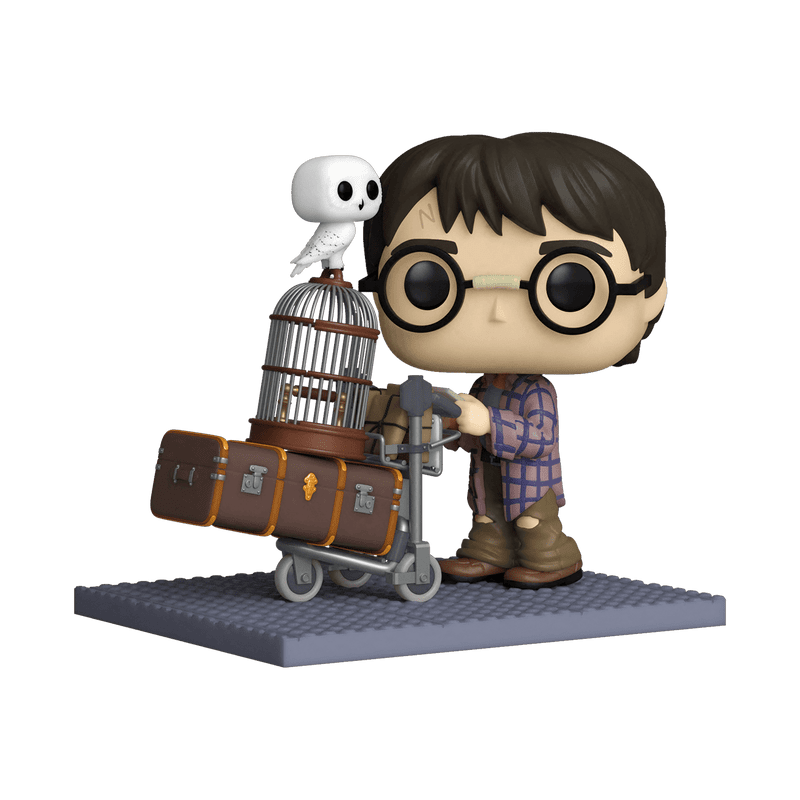
As one of the most famed toy companies in the world, Funko employs a host of designers. From its famous bobbleheads, apparel, accessories, and other gear, the team has their work cut out for them. One designer shared his process, in which a design concept begins on pencil and paper or straight to his computer. Once a concept is uploaded, it will undergo several rounds of revisions and require approval from different people. In such a niche industry, there’s no defined way to climb the ranks at a company like Funko. Designers just need to show initiative, hone their craft, and reach out to toy companies if they think they’d be a good fit.
Electronic Arts
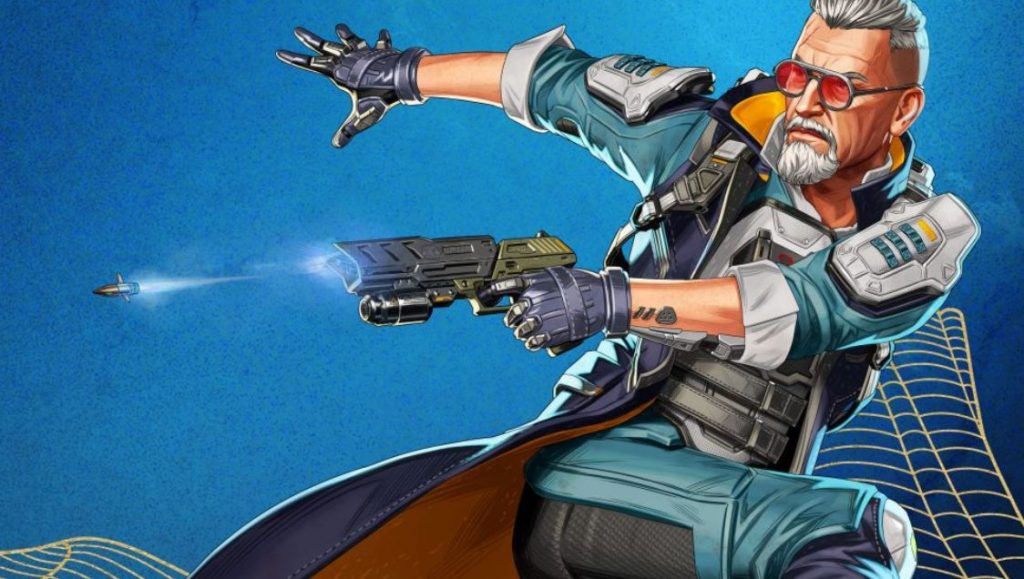
In the gaming world, getting a job at EA is basically as good as it gets. The company has been cranking out games since the 80s, and as the design process grows increasingly sophisticated, more designers are needed. Similar to the toy industry, getting a coveted spot in the gaming industry isn’t cut and dry. One talented designer got picked up by EA after voluntarily making trailers for their games. The company was so impressed by his raw skills, they brought him on board. With millions of active players, EA is headquartered in California and hires creatives from diverse backgrounds.
Penji
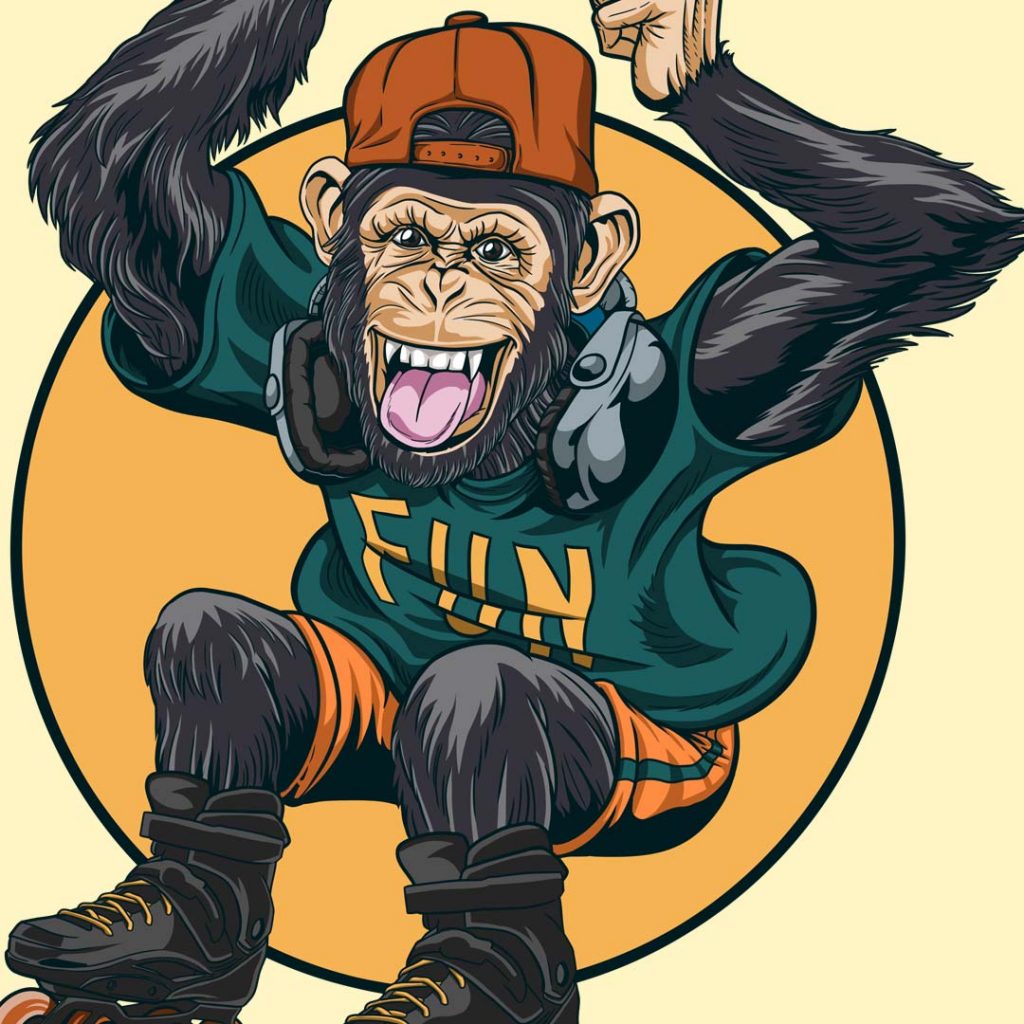
Penji is an unlimited graphic design company that recruits creatives to join their growing team. For a monthly fee, users get access to vetted graphic designers, animators, and illustrators from whom they can request custom projects. Rather than serving huge brands with elaborate design processes, Penji cuts to the chase, serving up on-brand designs in a fraction of the time and cost brands would spend at a typical design firm. Penji designers are stationed around the world, and the company is headquartered in the US. With a hodgepodge of visual creatives ranging from packaging designers to illustrators, Penji’s aim is to be an all-in-one service where companies get their design needs met on a rolling basis (try out Penji with promo code ART4 for 35% off).
Pentagram
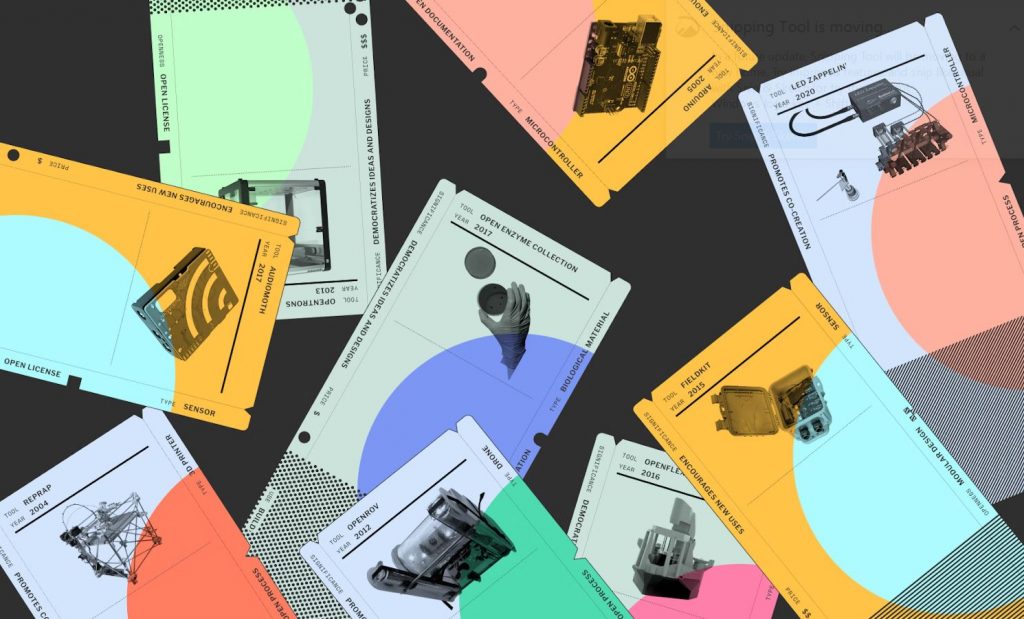
Pentagram is a renowned design consultancy with offices in cities around the world. It’s a traditional designer’s dream job to be part of this partnership firm. Pentagram allows individual designers to have a significant impact on its various projects. The firm’s approach to design is highly focused on creating meaningful and impactful work. You can view their rich portfolio of iconic projects online, including brand identities, logos, packaging, publications, websites, and more.
Sagmeister & Walsh
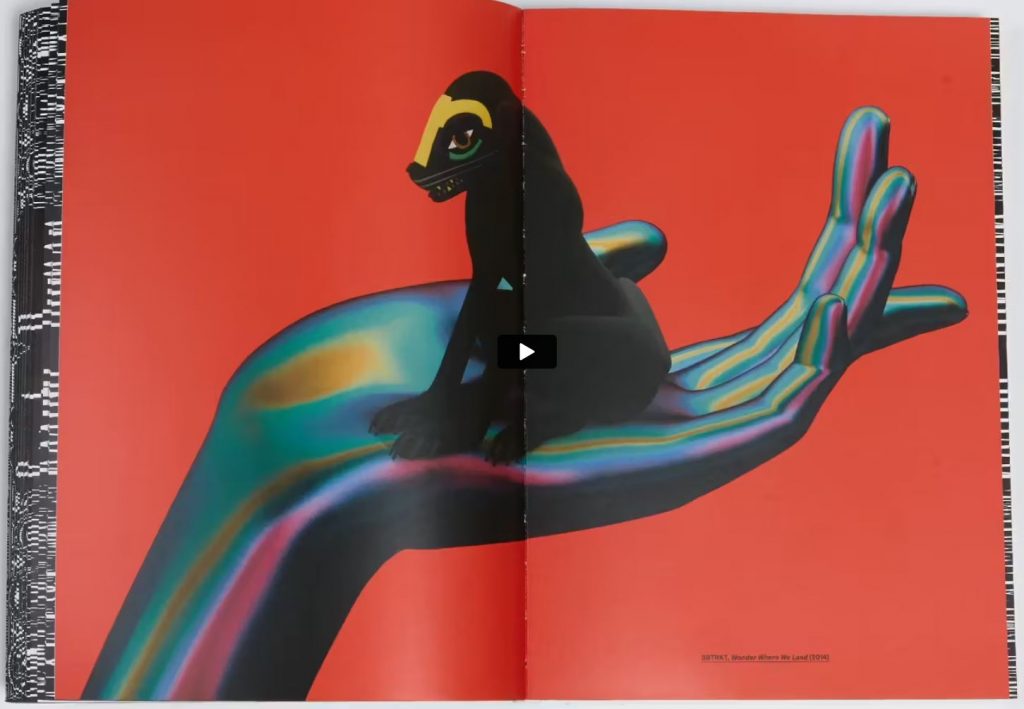
This is yet another posh design firm known for its graphic design, branding, art direction, and interactive design. With a bold, visually striking approach, Sagmeister & Walsh serve clients in fashion, music, technology, and the arts. Their designers often lead with storytelling and immersive experiences that grab your attention. Along with client work, this design firm has gained respect for its independent projects and design experiments – think thought-provoking installations, art exhibitions, and social media campaigns.
IDEO
IDEO prides itself on human-centered design, and its no surprise the platform has high standards for its designers. The company offers a wide range of services and expertise like design thinking, product design, strategy, and research to its clients. As explained by careerkarma, “Working at IDEO entails a mix of teamwork, innovative design thinking, and a willingness to push your boundaries.” The company strongly encourages collaboration and teamwork over individual competition.
Finding Great Designers
If you’re looking for a great design team, keep the following tips in mind:
- Great designers are in high demand, so be ready to invest in talent fairly without trying to cut corners.
- When browsing through designers’ resumes or portfolios, remember that great work speaks for itself. You don’t want someone who talks a big game but fails to demonstrate their expertise.
- Communicate your expectations clearly so nothing gets lost in translation. A graphic designer’s biggest pet peeve is unclear instructions.
The world of graphic design is a dynamic and ever-evolving field, with talented designers contributing across many industries. From design firms to subscription services and freelance portals, every brand can find their creative dream team.

10 Best Gaming Headphones of 2024

Top 10 Gaming Chairs of 2024

10 Best Fitness Equipment of 2024

10 Best Robot Vacuums of 2024

Llama 3’s Image Generator: The Secret Sauce for Design Success?

TikTok Is Toast: Get the Secret Weapon Brands are Using to Power Through



